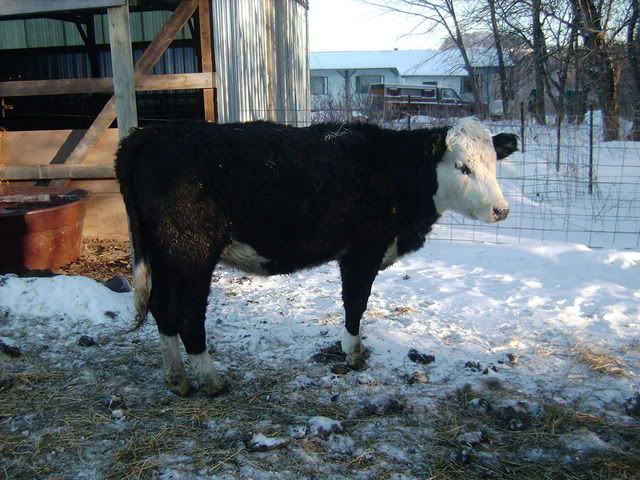Post by geriatrix on Sept 4, 2016 12:26:46 GMT
www.nationalgeographic.com/
Climate change may actually benefit some plants by lengthening growing seasons and increasing carbon dioxide. Yet, other effects of a warmer world, such as more pests, droughts and flooding, will be less benign. How will the world adapt? Using an aggressive climate model known as HadGEM2, researchers at the International Food Policy Research Institute project that by 2050, suitable croplands for four top commodities — corn, potatoes, rice and wheat — will shift, in some cases pushing farmers to plant new crops.
Some farmlands may benefit from warming, but others won't, says IFPRI's Ricky Robertson. Climate alone doesn't dictate yields; political shifts, global demand and agricultural practices will influence how farms fare in the future. The winners, researchers say, will be farmers that modernise their methods and diversify their fields.
North America: No place grows more corn than the midwestern United States. Despite a 20 percent drop in production, the region will remain a global supplier.
South America: Many crops will suffer in Brazil. Under the HadGEM2 model, corn farmers will see crops decline by nearly 16 percent.
Europe: Northern European potato farmers will see longer growing seasons. Fields farther south will become increasingly dry.
Africa: West Africa's rich soil and abundant water may support more rice. Parts of East Africa are believed to have great potential to expand production.
Asia: Changes in Asia, with its large population and land area, will affect the most people. India and China will experience major losses of arable land. Indonesia's rice production will be largely spared by climate change, but corn will decline as much as 20 percent.
Australia: New parts of Australia will become arable, but droughts will require efficient farming if growing wheat is to continue.

Climate change may actually benefit some plants by lengthening growing seasons and increasing carbon dioxide. Yet, other effects of a warmer world, such as more pests, droughts and flooding, will be less benign. How will the world adapt? Using an aggressive climate model known as HadGEM2, researchers at the International Food Policy Research Institute project that by 2050, suitable croplands for four top commodities — corn, potatoes, rice and wheat — will shift, in some cases pushing farmers to plant new crops.
Some farmlands may benefit from warming, but others won't, says IFPRI's Ricky Robertson. Climate alone doesn't dictate yields; political shifts, global demand and agricultural practices will influence how farms fare in the future. The winners, researchers say, will be farmers that modernise their methods and diversify their fields.
North America: No place grows more corn than the midwestern United States. Despite a 20 percent drop in production, the region will remain a global supplier.
South America: Many crops will suffer in Brazil. Under the HadGEM2 model, corn farmers will see crops decline by nearly 16 percent.
Europe: Northern European potato farmers will see longer growing seasons. Fields farther south will become increasingly dry.
Africa: West Africa's rich soil and abundant water may support more rice. Parts of East Africa are believed to have great potential to expand production.
Asia: Changes in Asia, with its large population and land area, will affect the most people. India and China will experience major losses of arable land. Indonesia's rice production will be largely spared by climate change, but corn will decline as much as 20 percent.
Australia: New parts of Australia will become arable, but droughts will require efficient farming if growing wheat is to continue.






